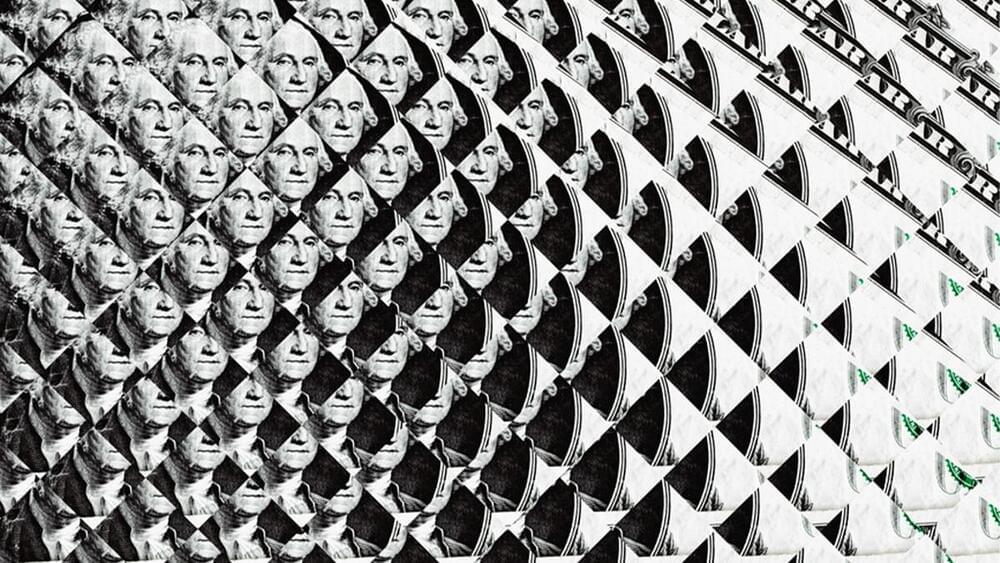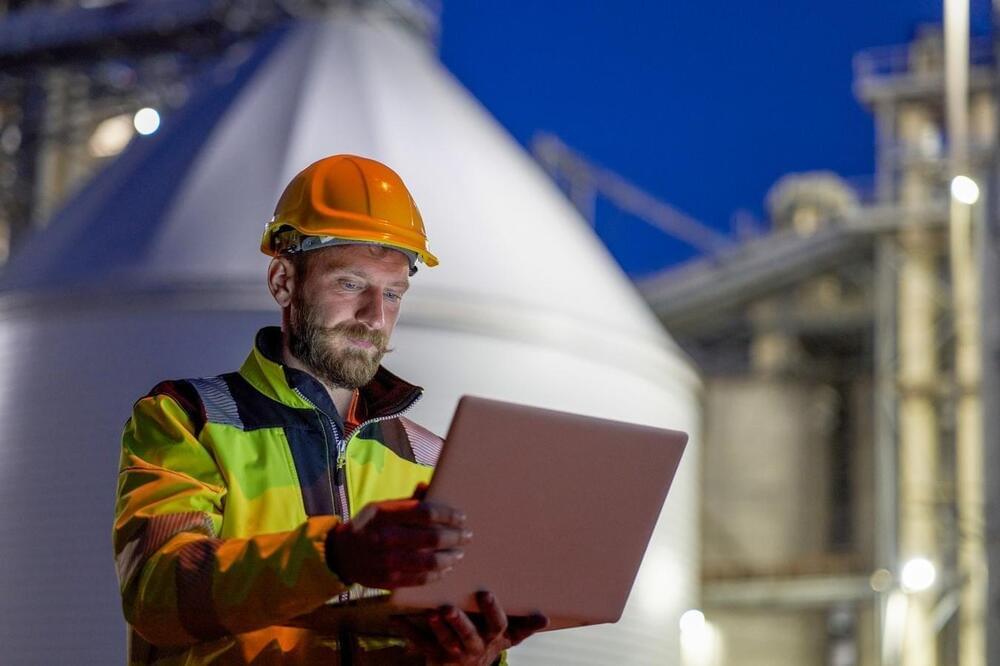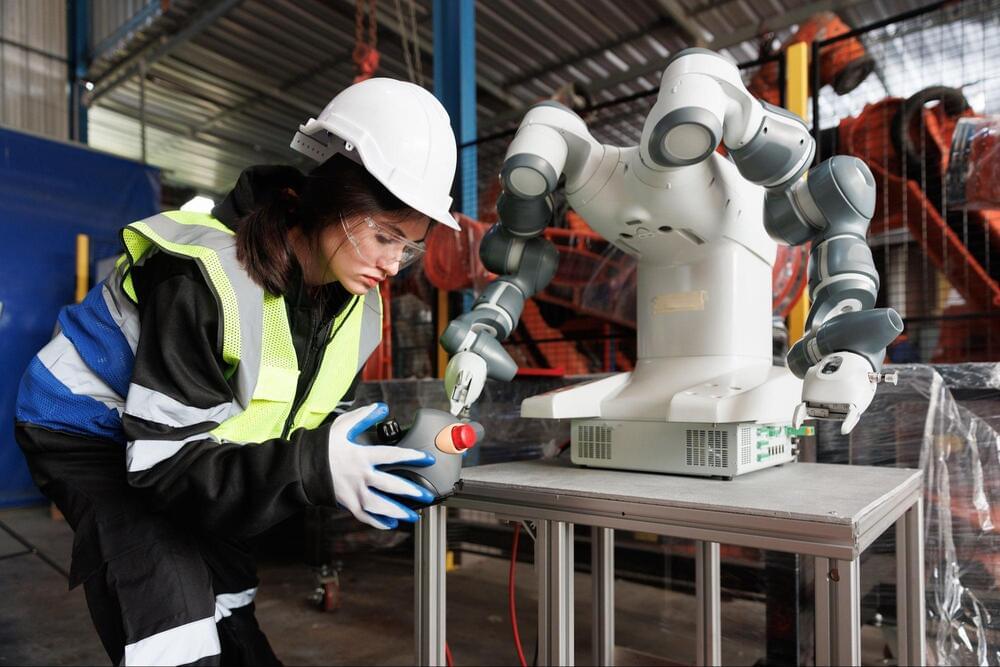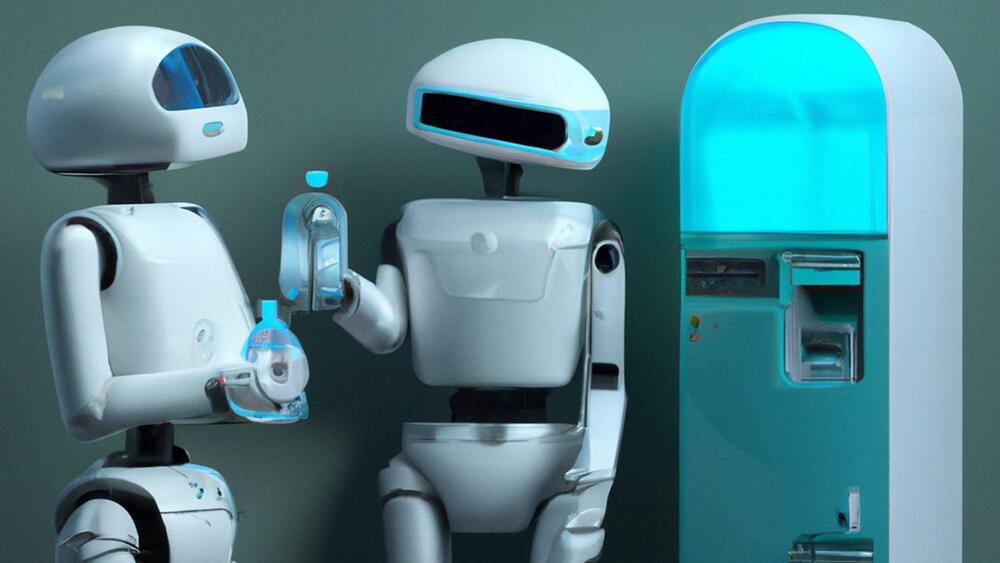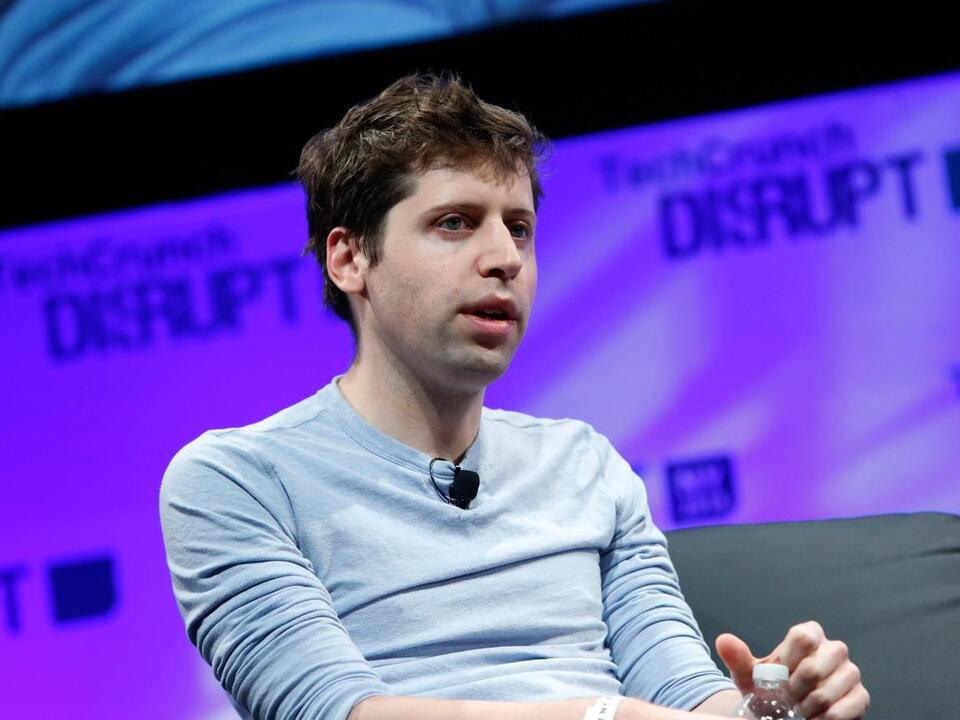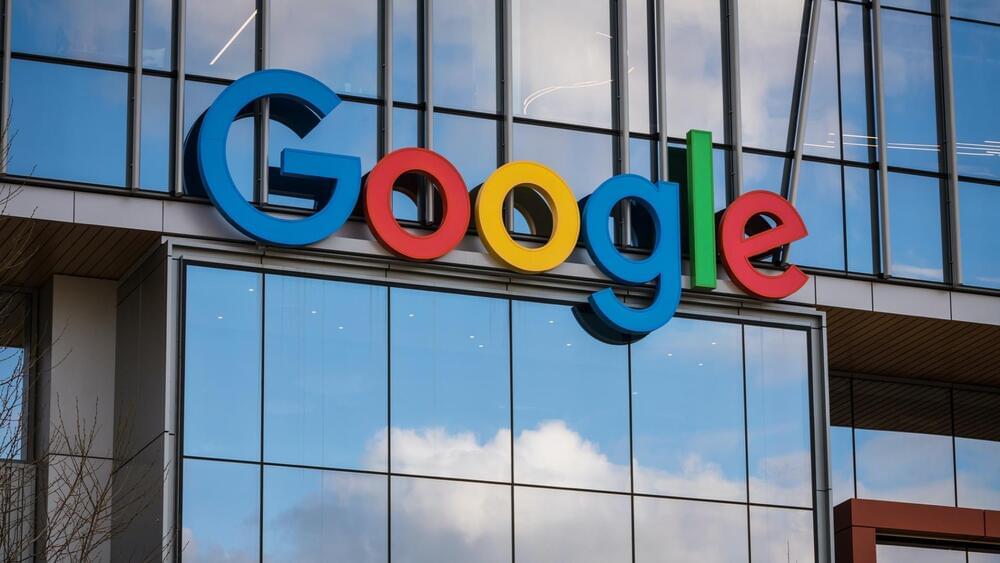Summary.
What will artificial intelligence do to industries and jobs? For a preview, look to the finance industry which has been incorporating data and algorithms for a long time, and which is always a canary in the coal mine for new technology. The experience of finance suggests that AI will transform some industries (sometimes very quickly) and that it will especially benefit larger players. But it may not leave the overall system better off.
Page-utils class= article-utils—vertical hide-for-print data-js-target= page-utils data-id= tag: blogs.harvardbusiness.org, 2007/03/31:999.361588 data-title= What the Finance Industry Tells Us About the Future of AI data-url=/2023/08/what-the-finance-industry-tells-us-about-the-future-of-ai data-topic= Business and society data-authors= Mihir A. Desai data-content-type= Digital Article data-content-image=/resources/images/article_assets/2023/08/Aug23_09_5277464-383x215.jpg data-summary=
The sector is a test case for how new technology will play out.
